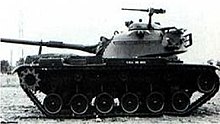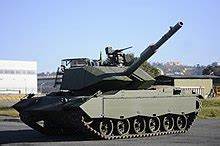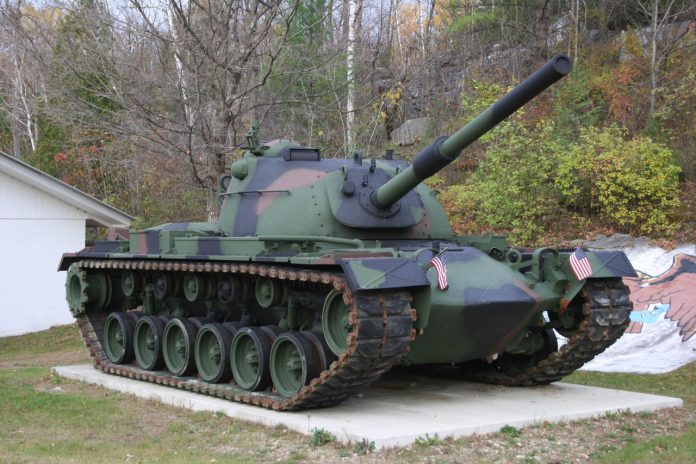
The M60 tank, a name that evokes a sense of iron-clad history, was introduced in 1960 as a Cold War colossus, serving as a testament to American engineering and military might.
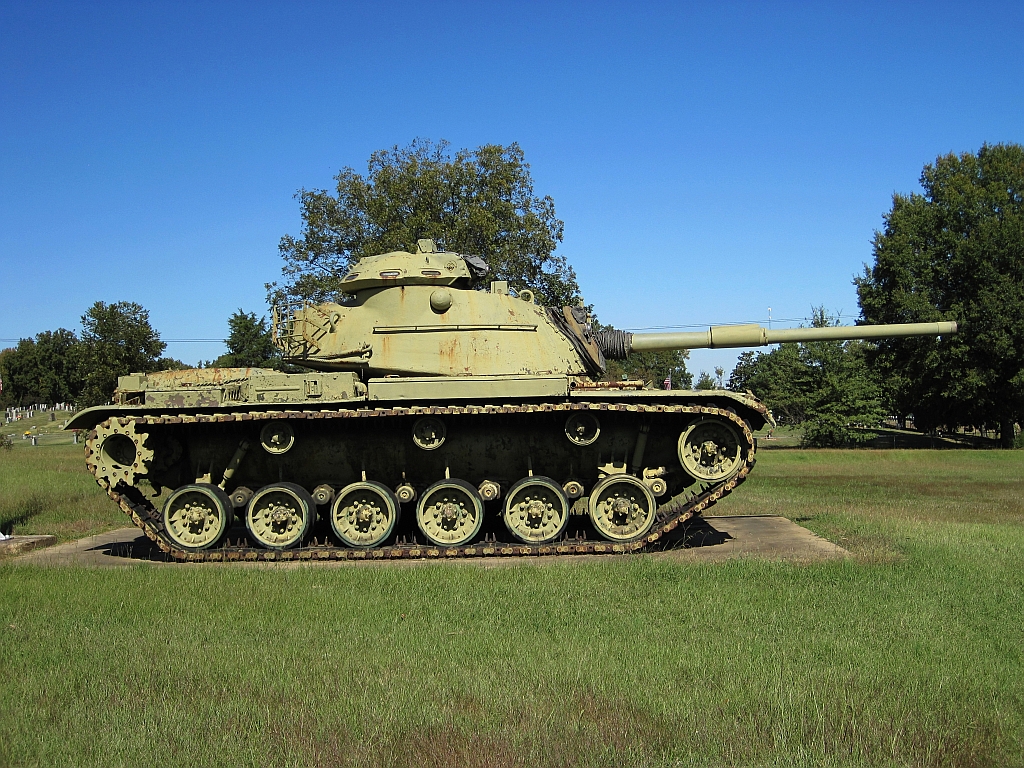
This main battle tank, the successor to the M48 Patton, not only played a pivotal role during times of tension but continues to hold an indelible place in military lore and the arsenals of many nations.
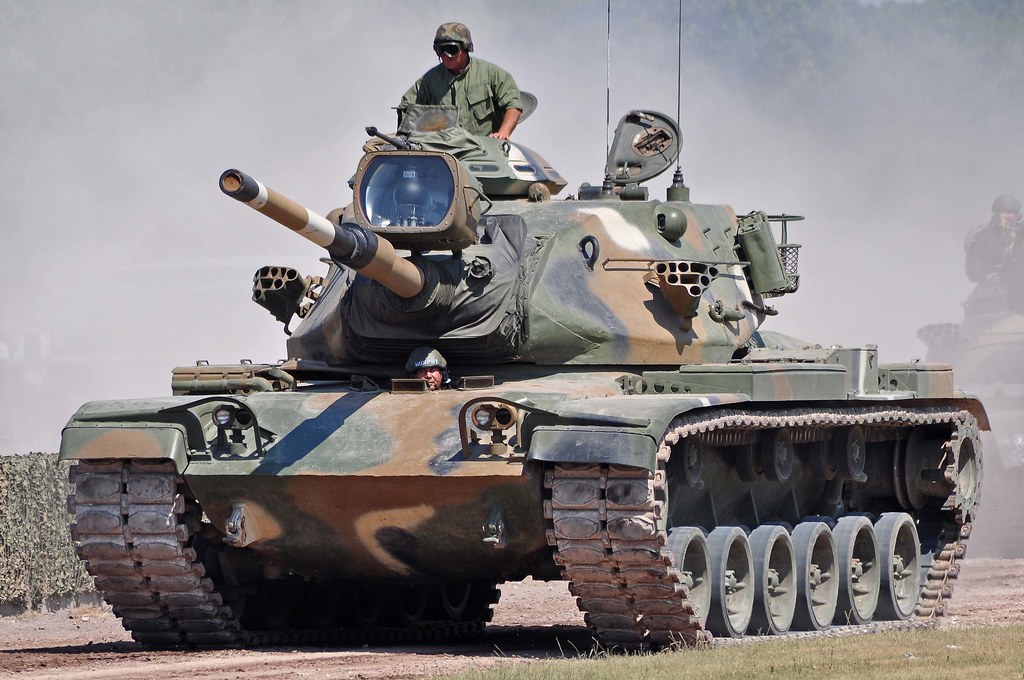
Crafted to counter Soviet armor, the M60 was the United States’ frontline defense and a symbol of NATO’s strength throughout the 1960s and 1970s, until the M1 Abrams took over the mantle around 1990.
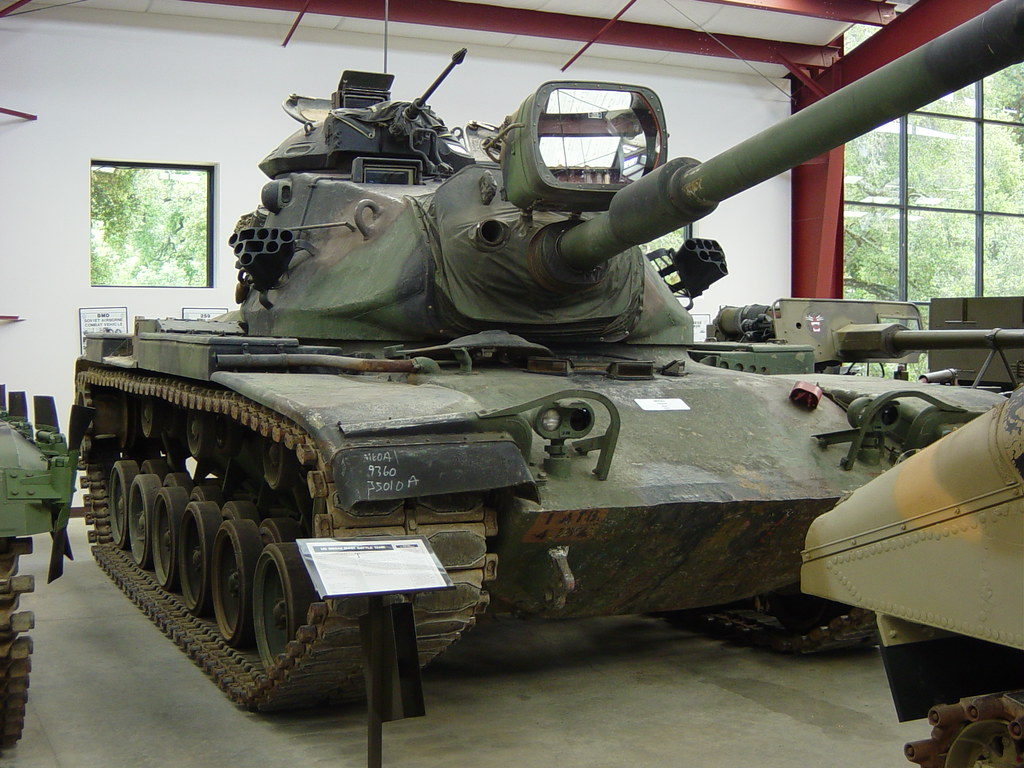
The M60’s debut was marked by its 105mm rifled gun barrel capable of piercing through enemy defenses, a homogeneous steel hull approximately six inches thick, and a powerful twin diesel engine with 750 horsepower that could reach speeds of 30 miles per hour and a range of 300 miles.

Variants of the M60 soon emerged, with the M60A1 in 1963 providing a larger turret and improved armor.

Despite the endeavors to introduce a more low-profile M60A2 with a 152mm gun, it was the M60A3 that captured the world stage, equipped with a computerized ballistics system, thermal sight, new air filtration system, and an advanced laser rangefinder.
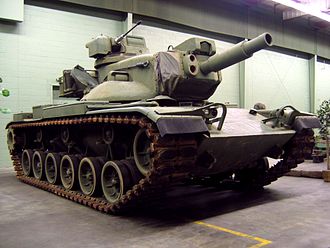
The M60A3, becoming popular with U.S. allies, was further modernized by defense contractors like Raytheon and General Dynamics Land Systems, offering updates such as 120mm smoothbore guns and enhanced fire control systems.
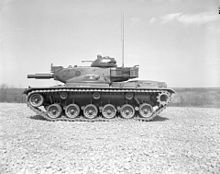
The M60’s valor was unmistakable during the 1973 Yom Kippur War, where massive tank-on-tank clashes showcased the M60 as a formidable armored platform for Israeli forces, later reinforced with explosive reactive armor for the Lebanon War of 1982.
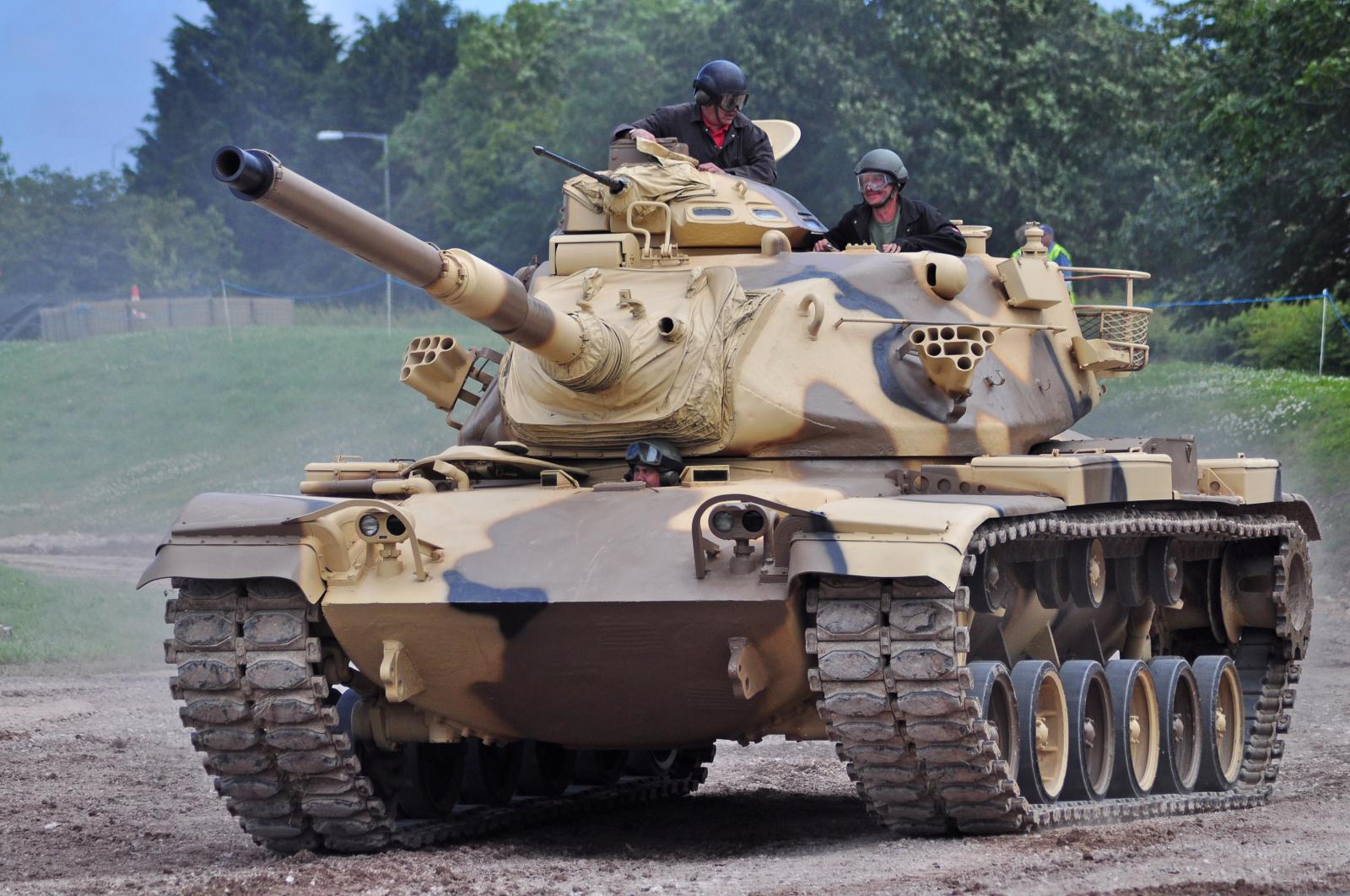
Operation Desert Storm in 1991 marked another significant chapter in the M60’s service history.
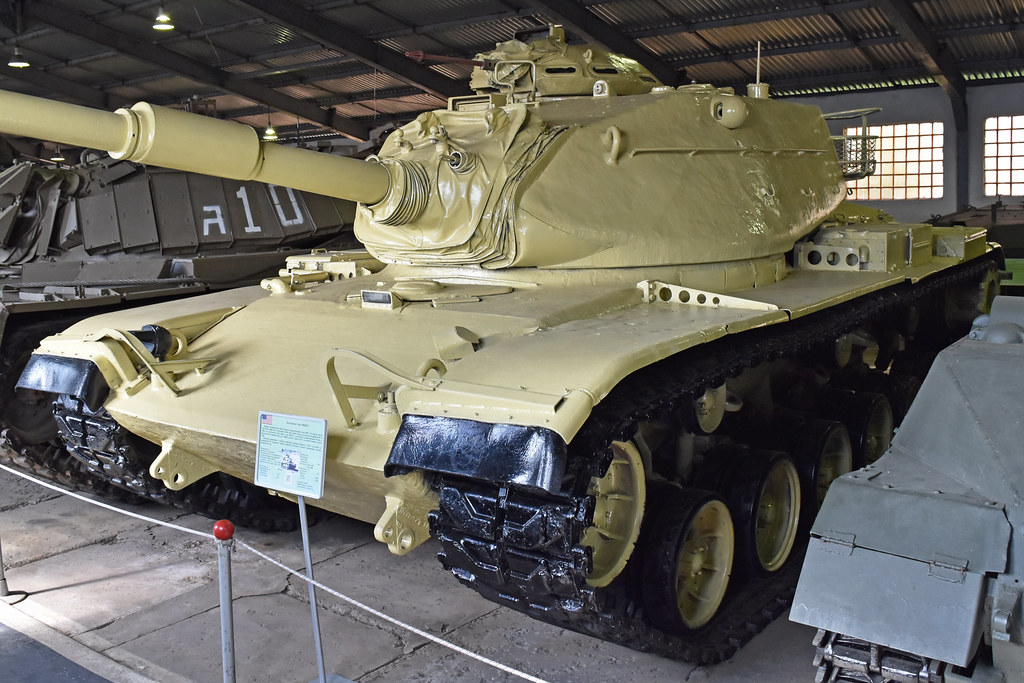
Even with the presence of the modern M1 Abrams, U.S. Marine Corps and Saudi Arabian army units relied on the M60, achieving considerable success against Iraqi T-62 tanks.
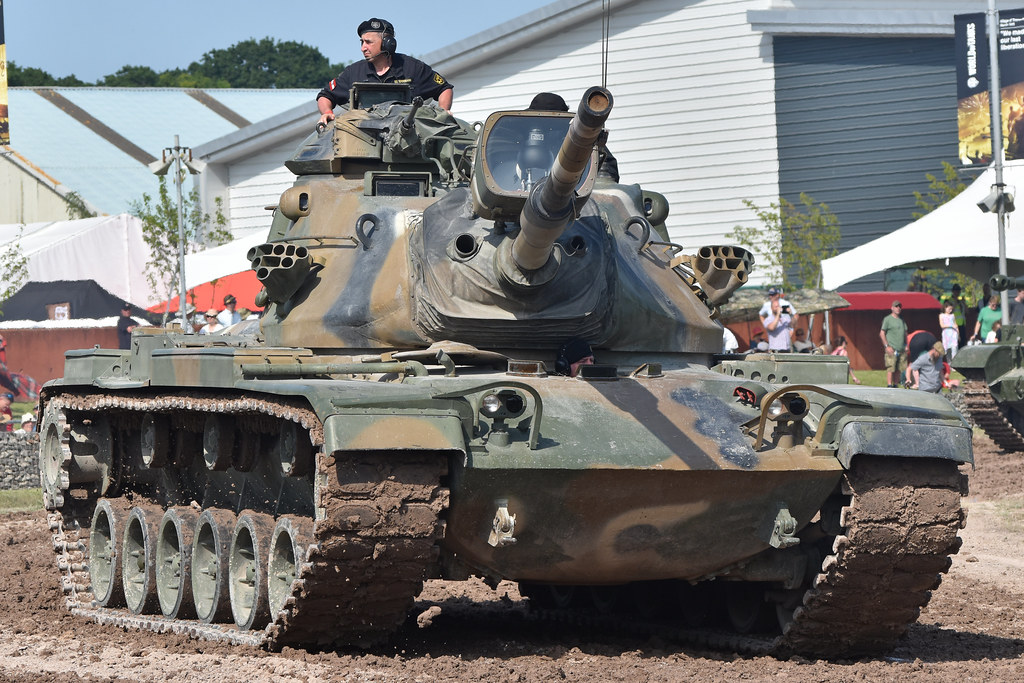
The M60’s tall profile and lack of a separate ammunition compartment were among its weaknesses, and it’s no match for modern anti-tank missiles.
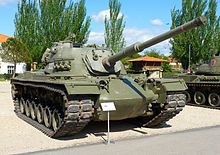
The M60 was officially retired from the U.S. Army in 1997, but its legacy endures. Many nations, recognizing its adaptability and robustness, have continued to deploy their fleets of M60s.
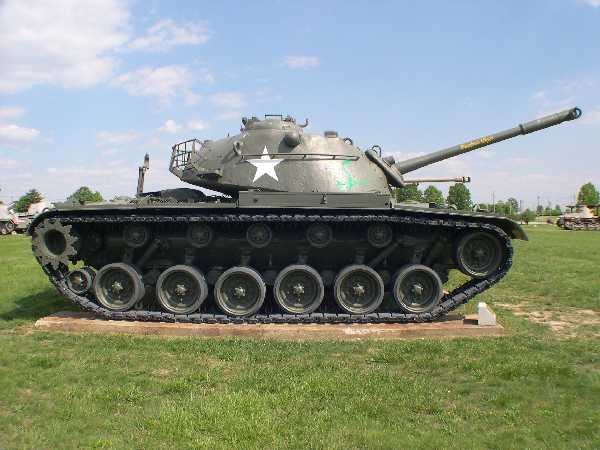
Countries such as Egypt, with 1,700 units, Turkey with 932, and others like Israel, Saudi Arabia, Mexico, Thailand, and Bahrain, maintain significant numbers of this battle-tested machine.
